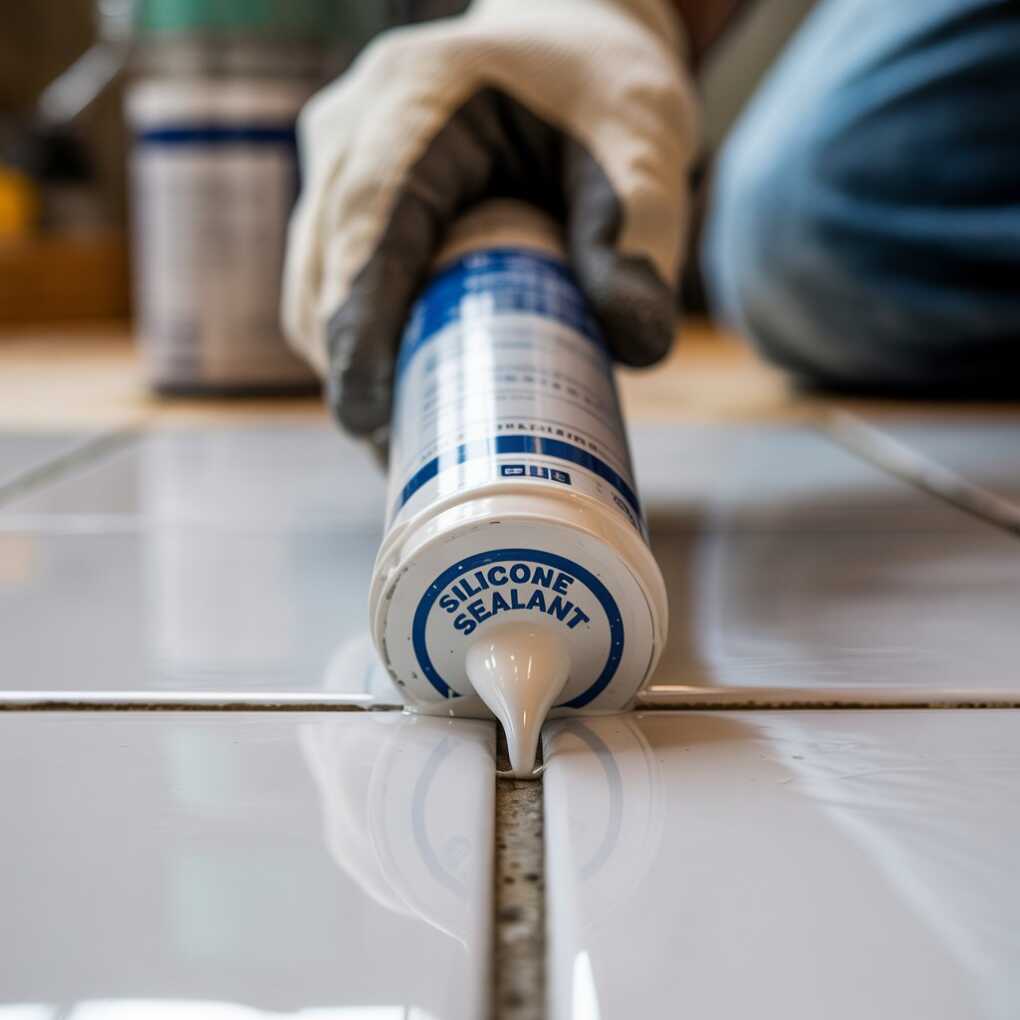When it comes to maintaining a safe, functional, and attractive home, the smallest details often make the biggest difference. One of the most overlooked yet critical aspects of any property is the integrity of its joints. From the gaps between bricks to the seals around windows, joints play a vital role in protecting your home from water infiltration, structural damage, and wear caused by time and weather. Durable joints provide long-lasting protection, reduce repair costs, and enhance both the performance and lifespan of your property.
This guide explores the importance of strong joints, the materials used to form them, how to maintain them, and when to call in professionals. By the end, you’ll understand how to keep your home’s joints in excellent condition for years to come.

1. Understanding the Role of Joints in Homes
Joints are the intentional gaps left between materials to absorb movement, prevent cracking, and provide flexibility in construction. Buildings shift due to temperature fluctuations, settling, and external pressures, making joints essential for long-term resilience.
Some key examples include:
- Expansion joints in walls and flooring to accommodate thermal movement.
- Control joints in concrete to direct cracking in a controlled manner.
- Sealant joints around windows, doors, and bathrooms to keep water and drafts out.
Without properly designed and maintained joints, homes become vulnerable to leaks, drafts, structural cracks, and mold growth.
2. Common Types of Joint Materials
The choice of joint material significantly influences both durability and effectiveness. Homeowners should be familiar with the following:
- Mortar Joints: Traditionally used in masonry and brickwork, mortar joints provide strength and aesthetics but may need repointing over time.
- Sealants and Caulks: These flexible fillers accommodate movement and seal gaps in kitchens, bathrooms, windows, and doors.
- Epoxy and Resin Joints: Offering chemical resistance and durability, these are common in garages, workshops, and industrial settings.
- Flexible Fillers: Ideal for paving, driveways, and garden paths, these fillers help prevent weed growth and improve drainage.
- Silicone Sealant: Known for its flexibility, water resistance, and long-lasting performance, silicone sealant is widely used in kitchens, bathrooms, and exterior joints where reliable waterproofing is essential.
3. Factors That Affect Joint Durability
For homeowners seeking to enhance the durability of their homes, it’s crucial to consider not only the materials used but also the protection of foundational elements. Ensuring that your crawl space is properly insulated and protected can significantly extend the life of your home. To explore comprehensive solutions for maintaining a robust foundation, you can see what we offer to safeguard your home against moisture and structural issues. By investing in quality protection for these often-overlooked areas, you can prevent costly repairs and maintain the integrity of your home for years to come.
Not all joints are created equal, and several factors determine how well they hold up over time:
- Weather Conditions: Constant exposure to rain, frost, UV rays, and fluctuating temperatures weakens many materials.
- Foot and Vehicle Traffic: Driveways and garden paths experience wear from weight and movement.
- Installation Quality: Even the best materials will fail if they are poorly applied.
- Material Compatibility: Using the wrong sealant or filler for the surrounding surface can lead to cracking or detachment.
4. Best Practices for Long-Lasting Joints
Durability begins with correct installation and care. Here are essential tips:
- Surface Preparation: Clean, dry, and smooth surfaces ensure proper adhesion.
- Right Material Selection: For example, a bathroom requires a waterproof and mold-resistant sealant, whereas outdoor paving benefits from flexible joint fillers.
- Proper Application Techniques: Applying sealants at the correct depth and width prevents premature failure.
- Regular Maintenance: Inspect joints annually, particularly before and after winter, to address early signs of wear.
5. Protecting Outdoor Surfaces with Strong Joints
Outdoor spaces, especially patios, driveways, and garden features, rely heavily on resilient joints. Well-installed joints protect against:
- Weed Growth: A tightly sealed joint prevents invasive roots from taking hold.
- Water Damage: Proper drainage and sealed joints reduce the risk of pooling and frost damage.
- Structural Movement: Expansion and contraction are absorbed by the joints, preventing cracks in paving or concrete.
Investing in weather-resistant materials and maintenance ensures your outdoor spaces remain both functional and visually appealing.
6. Signs Your Joints Need Repair or Replacement
Timely intervention saves homeowners from costly repairs. Watch for these warning signs:
- Crumbling, cracking, or gaps in mortar or sealant.
- Visible water seepage or damp patches near windows, doors, or bathrooms.
- Mold or mildew growth in previously sealed areas.
- Movement or shifting of outdoor paving.
If you notice these signs, don’t delay in repairing or resealing. Small issues can escalate into major structural or water damage.
7. Professional vs. DIY Joint Work
While some small tasks can be managed at home, not every jointing project is DIY-friendly.
DIY is suitable for:
- Re-caulking small bathroom joints.
- Filling tiny cracks in paving or walls.
- Seasonal reapplication of protective sealants.
Professional help is best for:
- Large areas of jointing, such as entire driveways or roofs.
- Structural cracks requiring expert assessment.
- Specialist materials like epoxy resins.
Working with an experienced sealant provider ensures the job is completed correctly, using the right materials and techniques for your property’s needs.
8. Long-Term Maintenance Tips
Durable joints don’t mean maintenance-free. With simple habits, you can extend their lifespan:
- Clean Regularly: Remove dirt and debris to avoid buildup that weakens joints.
- Check After Seasonal Changes: Inspect for frost damage, UV cracking, or moisture intrusion.
- Reapply Sealants as Needed: Refresh areas exposed to high wear every few years.
- Avoid Harsh Chemicals: Use mild cleaning solutions to protect sealants and surrounding materials.
Conclusion
Durable joints are the unsung heroes of every home, quietly working to keep structures strong, watertight, and visually appealing. From mortar in brickwork to the flexible waterproofing of silicone sealant, choosing the right joint material and maintaining it properly can significantly extend the life of your home’s surfaces.
By understanding how joints function, recognizing the warning signs of wear, and committing to regular maintenance, homeowners can enjoy long-lasting protection against water damage, structural issues, and costly repairs. Whether you take a DIY approach for smaller tasks or rely on professional expertise for complex jobs, the key is to be proactive.
For more details on reliable sealing and jointing options, visit Gould Silicone Sealants — a trusted resource for homeowners looking to safeguard their properties with high-quality solutions.
